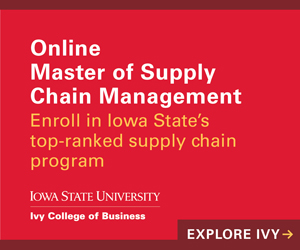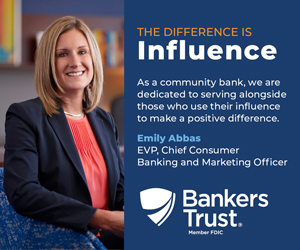Stanberry drives change at West Bank

Nearly one year into his tenure as chairman and chief executive of Greater Des Moines’ sixth-biggest bank, Thomas Stanberry is putting his stamp on both West Bancorporation Inc. and the community.
The former lawyer-turned-investment banker, who came to West Bank from U.S. Bancorp Piper Jaffray in March, is working to instill a greater sense of urgency at the bank as it undergoes its greatest transition in decades. Last year, the company made two very different acquisitions, snapping up Hawkeye State Bank of Iowa City and VMF Capital LLC, a Cedar Rapids-based investment management company.
The purchases marked the first time West Bank had used acquisitions, instead of old-fashioned sales and effort, to grow. And they promise to give West Bank a toehold in the Eastern Iowa market and help it attract more customers by adding to the services it can offer.
“2003 was an interesting year,” Stanberry said in a recent interview. The bank is putting together a number of pieces “to attract the type of customer we’re chasing.”
One of the Stanberry’s top priories has been integrating Hawkeye State Bank’s two branches into West Bank’s operations. Acquisitions are never easy. In this case, West Bank, one of the nation’s most profitable banks for its size, has been walking the fine line between creating a management team in Eastern Iowa that understands the home office’s operations while also being familiar with the competitive landscape in Iowa City, where Iowa State Bank & Trust Co. and Hills Bank & Trust Co. control more than half the market.
“Hawkeye gets us closer to the markets we need to be in,” Stanberry said. “If we’re going to grow, we need to grow in markets outside Des Moines.”
A key part of West Bank’s success in Iowa City rests with Lynn Rowat, a former University of Iowa basketball player who is heading the bank’s operations there. Rowat, a Des Moines native, was featured in the January edition of Iowa Banker magazine.
“If you’re walking down the street with Lynn in Iowa City, it’s hard to make it a block” without running into someone he knows, Stanberry said.
To help win customers and boost its ability to manage money, West Bank is turning to VMF Capital. That purchase, which West Bank rolled into a subsidiary it called WB Capital Management LLC, will help the company “evolve to delivering financial solutions instead of financial services,” Stanberry said. “VMF was designed to bring us some tools we didn’t have. Bringing asset management capabilities into a community bank was exactly what we needed.”
On Jan. 19, West Bank said fourth-quarter net income rose less than 1 percent to $4.42 million, or 28 cents per share, from $4.39 million. The bank announced that its assets climbed past $1 billion, helped by the two acquisitions. It also said that David Miller, who led the bank for four decades and presided over its most rapid growth, would retire from West Bank’s board on April 15.
Miller was “not only the physical leader here, but also the spiritual leader,” Stanberry said. “His footprint is all over. He is a big contributor to Drake University and to the community.”
For his part, Stanberry is getting involved in Greater Des Moines outside the bank. He is a member of the board of directors of the Central Iowa chapter of the American Red Cross. He is also beginning to get involved at the Greater Des Moines Partnership, where he is hoping to put to use his background in municipal finance – he was a managing director and senior investment banker at Piper Jaffray’s fixed-income division – to work in promoting economic development.
Stanberry and his management team have also spent time developing a strategic plan that includes new marketing initiatives and employee development proposals to boost growth. The bank has about 150 workers.
So far, the acquisitions have helped West Bank attract more assets from customers, Stanberry said, but his work is far from over.
“There will always be something left to do,” he said. “You can’t stand still. The rate of change must be greater. The pace of change will pick up.”







